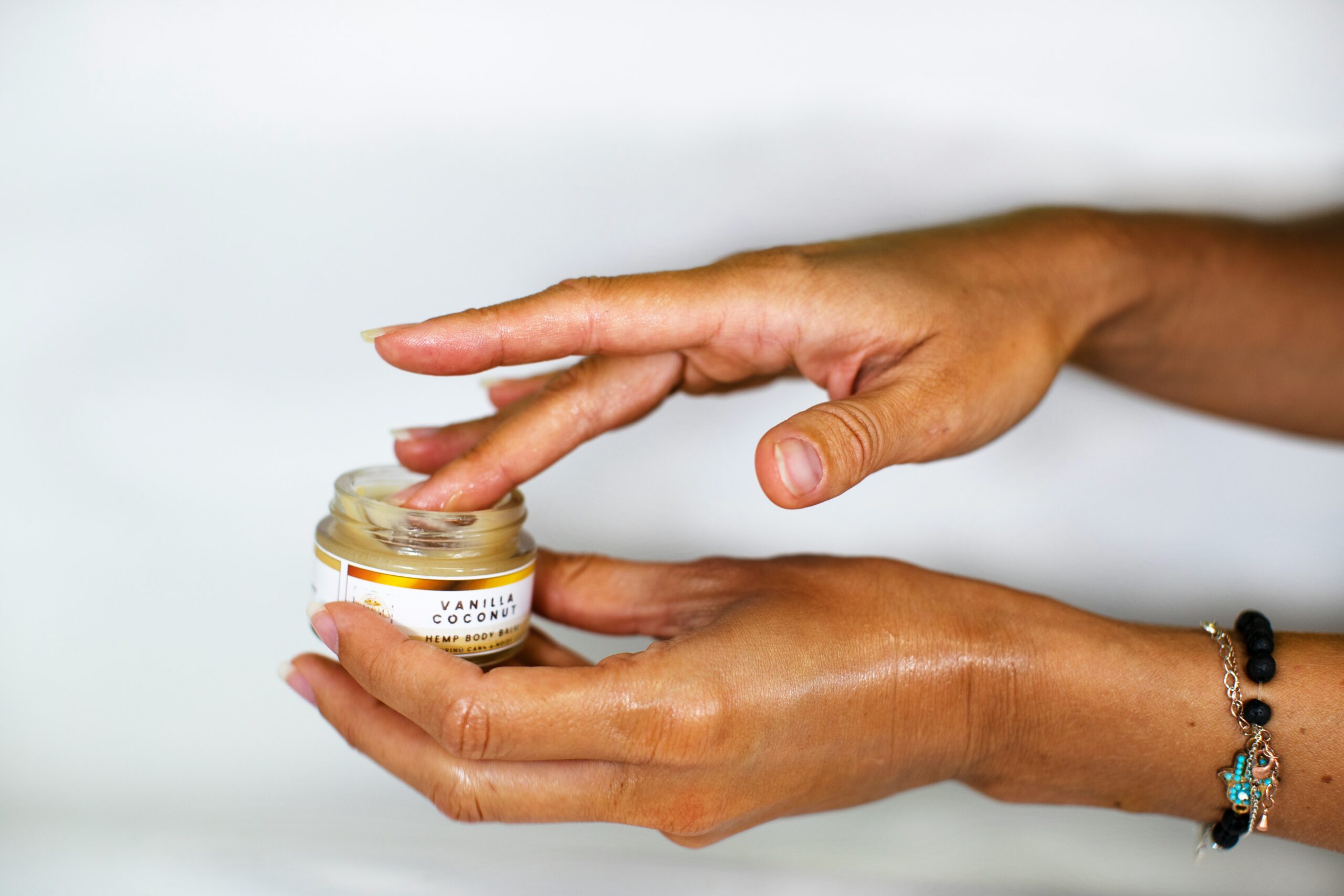Have you ever wondered why your skin behaves the way it does? Why it sometimes feels slick and shiny, or perhaps tight and flaky? Understanding your skin type can unlock the answers and help you choose the best skincare routine, ensuring your skin looks and feels its best. Let’s unravel the mystery behind oily, dry, and combination skin.
Understanding Your Skin
The Importance of Knowing Your Skin Type
Knowing your skin type is akin to knowing your body’s nutritional needs. Just as you wouldn’t fuel a high-performance car with the wrong type of gasoline, you wouldn’t want to treat your skin with unsuitable products. Your skin type determines how you should care for it, the ingredients that will benefit it the most, and the ones you should avoid.
Factors That Influence Skin Type
Several factors contribute to your skin type, including genetics, diet, climate, and even your skincare regime. While genetics play the most significant role, the environment and how you treat your skin can also impact its behavior.

The Three Main Skin Types
Oily Skin
Oily skin is characterized by a shiny appearance, especially in the T-zone (forehead, nose, and chin). This type is prone to acne and enlarged pores due to excess sebum production.
Signs of Oily Skin:
- Shiny or greasy appearance
- Large pores
- Frequent acne and blackheads
Common Challenges:
- Managing excess oil
- Preventing and treating acne
- Minimizing the appearance of pores
Dry Skin
Dry skin often feels tight, rough, and may even appear flaky or scaly. It lacks the necessary moisture that keeps it supple and hydrated.
Signs of Dry Skin:
- Rough, flaky texture
- Tight feeling
- Dull appearance
Common Challenges:
- Maintaining moisture levels
- Preventing irritation and flakiness
- Combatting premature aging
Combination Skin
Combination skin is a mix of both oily and dry types. Typically, the T-zone is oily, while the cheeks are dry or normal. This dual characteristic requires a balanced skincare approach.
Signs of Combination Skin:
- Oily T-zone with dry or normal cheeks
- Varied texture and issues across the face
- Occasional breakouts in oily areas
Common Challenges:
- Balancing products that cater to both oiliness and dryness
- Addressing varied concerns across different face areas
- Finding a versatile skincare routine

Identifying Your Skin Type
The Blotting Sheet Test
One straightforward method to determine your skin type is the blotting sheet test. Gently press a clean blotting paper on different parts of your face. After a few seconds, hold the sheet up to the light to see how much oil is visible.
Interpreting Results:
- Little to no oil: Dry skin
- Moderate oil throughout: Normal/Combination skin
- Excess oil in T-zone: Combination skin
- Oil-soaked sheet: Oily skin
The Bare-Faced Test
Clean your face with a mild cleanser and gently pat it dry. Leave your skin bare, without applying any products. After an hour, observe how it feels and looks.
Observations:
- Tight, flaky areas: Dry skin
- Shiny T-zone and normal cheeks: Combination skin
- Overall shine: Oily skin
Caring for Different Skin Types
Skincare Routine for Oily Skin
For oily skin, the goal is to control oil production and keep pores clear without stripping away essential moisture.
| Step | Product | Frequency |
|---|---|---|
| Cleanse | Gel or Foam Cleanser | Twice daily |
| Tone | Alcohol-free Toner | Twice daily |
| Treat | Salicylic Acid or Benzoyl Peroxide | As needed (Spot treatment) |
| Moisturize | Oil-Free Moisturizer | Twice daily |
| Protect | Lightweight SPF | Daily |
Skincare Routine for Dry Skin
Dry skin requires gentle care and products that infuse and retain moisture.
| Step | Product | Frequency |
|---|---|---|
| Cleanse | Cream or Milk Cleanser | Twice daily |
| Tone | Hydrating Toner | Twice daily |
| Treat | Hyaluronic Acid Serum | As needed |
| Moisturize | Rich Cream or Lotion | Twice daily |
| Protect | Hydrating SPF | Daily |
Skincare Routine for Combination Skin
Combination skin needs a balanced approach to address both oily and dry areas.
| Step | Product | Frequency |
|---|---|---|
| Cleanse | Gentle Cleanser | Twice daily |
| Tone | Alcohol-free Toner | Twice daily |
| Treat | Targeted Treatments (e.g., BHA for oily areas, Hydrating Serum for dry areas) | As needed (Spot treatment) |
| Moisturize | Lightweight Moisturizer | Twice daily |
| Protect | Balanced SPF | Daily |
Common Misconceptions About Skin Types
Oily Skin Needs No Moisturizer
Contrary to popular belief, oily skin still needs moisturization. Over-washing or not moisturizing can cause your skin to produce even more oil to compensate for the lack of moisture. Choose an oil-free, lightweight moisturizer to keep your skin balanced.
Dry Skin Doesn’t Get Acne
Dry skin is not immune to breakouts. Lack of hydration can sometimes cause the skin to produce more oil to protect itself, which can block pores and lead to acne. Proper hydration and gentle exfoliation can help keep breakouts at bay.
Combination Skin Equals Normal Skin
Combination skin and normal skin are not the same. Normal skin is typically balanced and without significant issues, whereas combination skin has both oily and dry areas, requiring targeted care for each section.
Ingredients to Look for Based on Skin Type
For Oily Skin
Look for products with ingredients that control oil production and prevent breakouts:
- Salicylic Acid: Exfoliates and unclogs pores
- Niacinamide: Regulates oil production and reduces inflammation
- Clay: Absorbs excess oil
For Dry Skin
Seek out deeply hydrating and soothing ingredients:
- Hyaluronic Acid: Attracts and retains moisture
- Glycerin: Draws moisture into the skin
- Ceramides: Replenishes skin’s natural barrier
For Combination Skin
Choose ingredients that balance and provide tailored care:
- AHA/BHA: Offers gentle exfoliation suitable for both oily and dry areas
- Squalane: Moisturizes without clogging pores
- Green Tea Extract: Soothes and balances the skin

Adapting Your Routine to Seasonal Changes
Winter Care
During winter, dry air can sap moisture from your skin. Even oily skin types may experience increased dryness. Opt for richer moisturizers and hydrating masks to combat the effects of colder weather.
Summer Care
In the summer, increased humidity can cause oily skin to become shinier and dry skin to hydrate more naturally. Adjust your routine with lightweight products and switch to a gel-based moisturizer if necessary.
Importance of Patch Testing
Before integrating any new products into your routine, always perform a patch test. Apply a small amount of the product on a discreet area of your skin and wait 24 to 48 hours to observe any reactions. This step helps prevent potential irritations and ensures the product is suitable for your skin type.
Final Thoughts
Understanding and embracing your skin type is the first step towards achieving healthy, radiant skin. By tailoring your skincare routine to your specific needs, you can effectively manage your skin’s behavior, fend off common issues, and keep it looking its best. Remember, consistency and patience are key in skincare. With the right knowledge and approach, you can face the world confidently, knowing you’re giving your skin the care it truly deserves.



